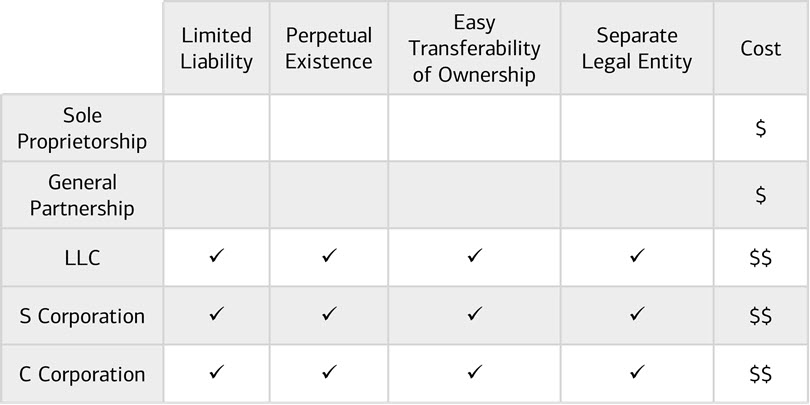A “good business idea” is one you can afford to execute, serves the market, and has potential for you to make a comfortable profit.
Princeton Creative Research has a useful checklist of questions that can help you evaluate your business idea, including:
- What specific problems or difficulties is the business expected to solve?
- Is the projected profit adequate?
- How simple or complex will the idea’s execution be?
- Can customers afford it? Will they buy it?
- What is your competition doing in this area? Can you be competitive?
Your business will provide people with a product or a service. While product businesses mark up prices on products and then profit from the difference, service businesses (such as a law or consulting firm) sell time and expertise.
Decide which type of business best suits your temperament, skills and goals.
Your big idea may be a winner, but you will want to be sure the potential is real. You need hard facts. That’s where market research comes into play.
Market research is a technical name for a fairly simple process of gathering feedback and data to help you understand the viability of your plan. Is there a market for what you want to do?
This inquiry can be handled in several ways:
Conduct research
Trade websites and associations are a wealth of information. For example, the National Association of Home Builders publishes quarterly reports on geographic demand for new homes and renovations. This would be a great resource for someone getting into a property or real estate business.
Additional no-cost resources can be found in this helpful list from the Small Business Administration (SBA).
Conduct interviews
Contact and interview business owners who are in the same business.
Example questions to ask:
- How did you find the demand for your product in the first year?
- What surprised you in the initial launch of your business?
- How much did it cost you to get started?
- How long did it take to start making a profit?
- If you could start your business again, what would you do differently?
Form a focus group
Gather your friends, family and colleagues and run your idea past them. What do they think of it? Would they patronize your proposed business?
Conduct a poll
If you have a website, poll your visitors. Ask a Facebook group, post some questions on X or LinkedIn, or utilize a survey platform like Google Forms.
Although you could also hire a market researcher or agency to conduct this research for you, if you are willing to do the leg work yourself, you can put together a strong overview of the competitive landscape on your own.
While market research tells you about general conditions for starting a business (and whether your idea “has legs,”) competitive analysis helps to determine if your new business can compete with existing companies.
And make no mistake about it – there is a lot of competition. According to the SBA’s 2024 Small Business Profile report there are 34.8 million small businesses in the United States, which makes up 99.9% of all U.S. Businesses. And if you’re going to sell products or services online, there is an entire global marketplace to consider.
There are a few steps you should take for your competitive analysis – both locally and online:
Identify competitors
Search your local Google and Yelp listings to see what other businesses provide products and services that are similar to those you’re planning to offer. Make a list of their names, websites and social media handles so you can keep tabs on changes they make.
Audit their practices
Look into the experience of shopping their products, the breadth of their offerings, their pricing, and their reviews to learn where you can position yourself within the competitive landscape.
Find opportunities
Translate what you see into ways your new business can fill customers’ unmet needs.
- Is a local competitor the only business of its kind and charging sky high rates as a result?
- Could you create beautiful branding that provides a more pleasing aesthetic experience?


